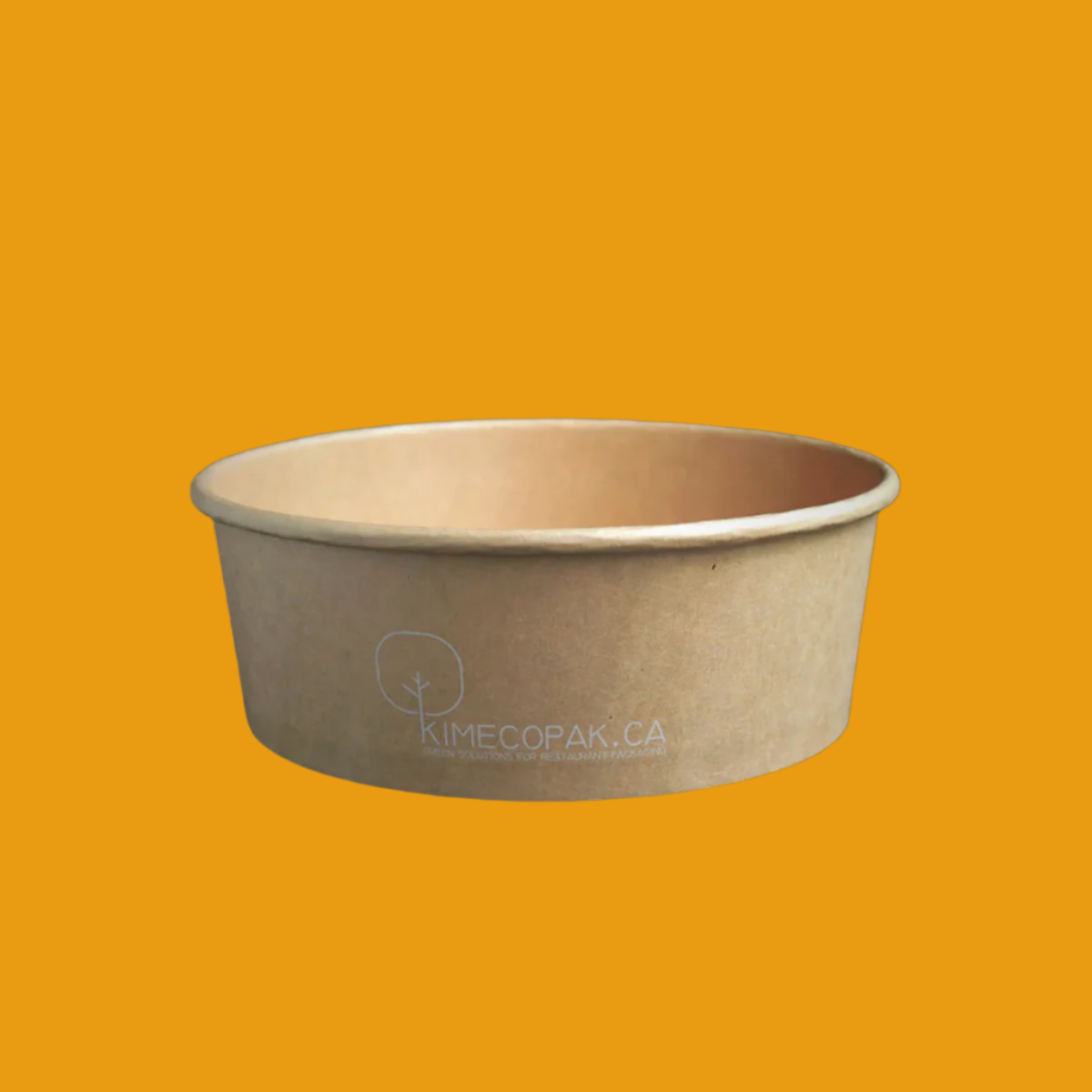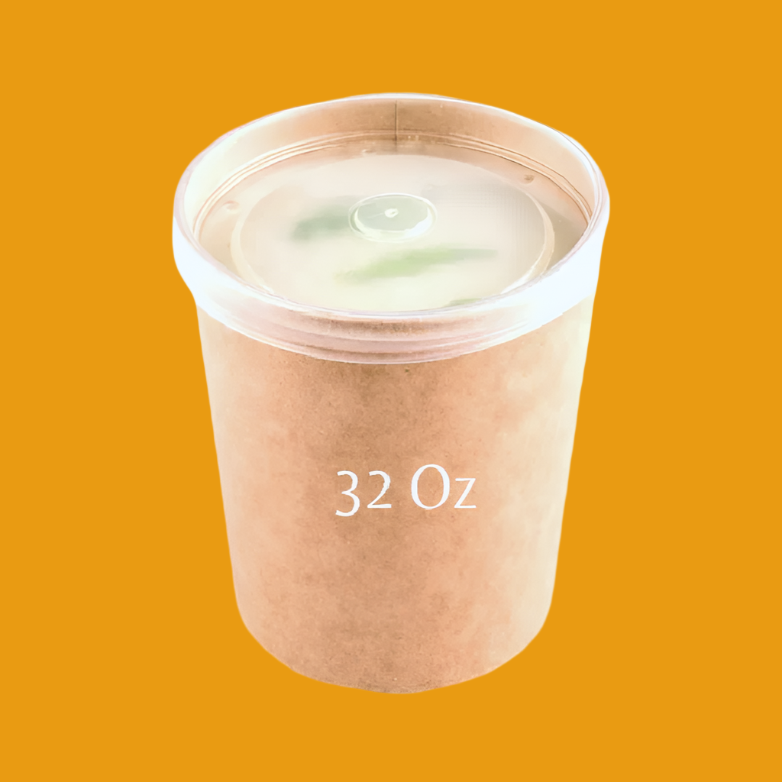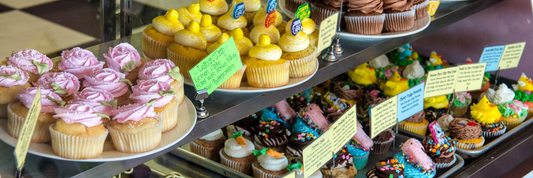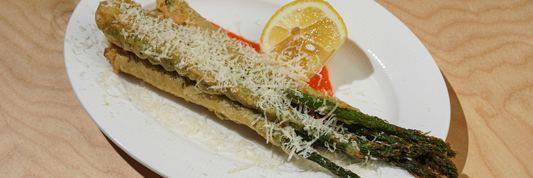In today’s competitive hospitality landscape, wine bar design plays a critical role in shaping customer experience and brand identity. Far beyond being just a place to enjoy a glass of wine, modern wine bars are thoughtfully crafted spaces where ambiance, layout, and sustainability come together to create memorable social moments. From cozy neighborhood spots to upscale urban lounges, the success of a wine bar increasingly depends on how well its design balances functionality, visual appeal, and environmental responsibility.
- What Is a Wine Bar? Business Models, Trends, and How to Start One
- How to Serve Wine-Step-by-Step Guide
Understanding the Wine Bar Concept in the F&B Industry

A wine bar is more than just a place to sip your favorite varietals; it is a curated experience that aims to celebrate wine culture in all its forms. In recent years, wine bars have gained in popularity as they cater to a growing desire for unique, social experiences rather than conventional dining. This evolving concept resonates with the modern consumer who seeks not only quality beverages but also an environment that enhances their palate journey.
The experiential value and customer appeal of wine bars
Wine bars provide an immersive experience through tailored tasting sessions and thoughtfully selected pairings. Customers are drawn to the idea of learning about different wines, attending tastings, and enjoying the atmosphere that wine bars cultivate. This experiential value amplifies customer loyalty and fosters community, making it a compelling addition to the food and beverage sector.
Wine Bar Design for Business: Balancing Style, Function, and Sustainability

Creating an inviting and effective wine bar involves thoughtful design strategies that blend aesthetics with practicality.
Key design elements: lighting, seating, bar layout
Effective lighting is essential; it sets the mood and highlights the wine selection. Dim, warm lights can create a cozy atmosphere, while brighter, natural light is ideal for showcasing wine labels and decor.
Seating arrangements should promote social interaction while providing comfort. A combination of high-top tables, lounge areas, and bar stools can cater to various customer preferences.
The bar layout must be functional for both customers and staff. An efficient design allows bartenders to easily serve patrons and access wine storage while creating a smooth flow of service.
How to create ambiance that matches your wine offerings
The design of your wine bar should reflect your wine selection. If your focus is on local, organic wines, then a rustic, earthy aesthetic with natural materials would be suitable. Alternatively, if you offer a more luxurious experience with high-end wines, an elegant decor with sophisticated furnishings can signal this to your customers.
The importance of design flow for staff and customers
A well-designed space not only enhances customer experience but also makes operations smoother for the staff. Considerations include ensuring that the bar is accessible without hindering foot traffic, and that storage for glasses and bottles is strategically placed to minimize delays in service.
Eco-conscious materials and minimalist interior trends
As consumers grow increasingly aware of sustainability, using eco-friendly materials in your wine bar design can set you apart. Consider reclaimed wood for furniture, energy-efficient lighting, and even upcycled decor. Minimalist design trends emphasize function and simplicity, making space feel more open while highlighting the product on offer wine.
Types of Wine Bar Business Models

Understanding the various business models for wine bars can help you align your vision and operations.
Tasting room and wine club models
Tasting rooms often serve as immersive spaces where customers can sample a variety of wines, often produced on-site or from a specific winery. Wine clubs provide a subscription model that allows enthusiasts to receive curated selections regularly, thus creating a recurring revenue stream.
Retail store and event-based concepts
Retail wine bars allow customers to purchase bottles directly while enjoying a glass on-site. Additionally, event-based concepts like wine and food pairing nights or educational seminars can draw crowds and incentivize repeat visits.
Restaurant-integrated wine bars
These models integrate seamlessly with restaurants, allowing diners to explore wine offerings that pair well with their meal choices. This can elevate the dining experience, aligning food and wine selections cohesively.
Pros and cons of each model
Each model comes with advantages and drawbacks:
- Tasting rooms can create meaningful customer relationships but may require significant investment in space and equipment.
- Retail stores can expand revenue streams but may face competition from large retail chains.
- Event-based concepts can generate buzz but may require ongoing marketing efforts.
- Restaurant-integrated models benefit from existing traffic but may have limited wine-specific branding.
Successful Examples of Wine Bars
Examining successful wine bars can provide vital insights into effective design and business strategies.
Community-centered design approaches
Some wine bars thrive on their connection to the community. These establishments often incorporate local artwork, host events featuring local musicians, and promote regional wines, creating a gathering space that encourages repeat patronage.
Sustainability-focused wine bar interiors
Wine bars that prioritize sustainable design often utilize organic materials, solar energy, and water-saving fixtures. This dedication to sustainability not only attracts eco-conscious consumers but also sets a responsible standard in the industry.
Distinctive spaces that reflect brand identity
A thoughtful design reflecting a wine bar's brand identity can be the difference between standing out and blending in. Unique elements like custom signage, themed decor, or signature furnishings can create memorable experiences that resonate with visitors.
Marketing Strategies for Your Wine Bar

Leverage your design in social media marketing
Once your wine bar is designed, it's time to share it with the world. Utilize social media platforms to showcase your unique design. Create visually appealing content that highlights not just the wines but also the overall ambiance. Engaging photos and videos can resonate well with your target audience and attract new customers.
Consider using Instagram Stories or TikTok to capture the essence of your wine bar, from the decor to the tasting experience. Hashtags related to wine and eco-friendly practices can enhance your visibility.
Storytelling through visuals and branding
Your wine bar's brand story should be reflected in all visual elements, from logo design to decor. Visual storytelling can create an emotional connection with potential customers. Share customer testimonials, behind-the-scenes footage, or the story of your brand’s vision through engaging content.
Use your website and social media profiles to succinctly convey your values and what makes your wine bar unique. A well-crafted narrative can transform casual visitors into loyal patrons.
Creating buzz through launch events and press previews
Launching your wine bar with an event can generate significant interest. Consider hosting a grand opening event that allows potential customers, local influencers, and press representatives to taste your offerings while experiencing the atmosphere you’ve created.
Incorporate engaging activities such as wine tastings, pairing sessions, or workshops to make the event memorable. Collaborating with local wineries can further enhance this experience and create community connections.
Challenges and Solutions in Wine Bar Operations

Design-related service bottlenecks and how to avoid them
While a beautiful design can create a captivating atmosphere, it can also pose challenges. Service bottlenecks can arise from inadequate space for staff to operate efficiently. Conduct a realistic assessment of how your design influences serving dynamics.
To address this, consider optimizing the layout for staff movement and functionality. Ensure that the bar area is spacious enough for multiple servers and that there are clear paths for customers and staff to avoid congestion.
Balancing aesthetics with operational efficiency
Achieving a balance between aesthetics and functionality is essential. While you want your wine bar to look appealing, operational efficiency should not be compromised. Engage with your staff to understand their needs and preferences in the design process. Their insights can lead to practical adaptations that enhance both the customer experience and operational processes.
Regularly evaluate how the initial design holds up under everyday use, and be prepared to make adjustments as necessary to maintain operational efficiency.
Maintaining eco-practices through expansion
As your wine bar grows, maintaining eco-friendly practices can become more complex. Set clear sustainability goals and continuously revisit them as you expand. Create a culture of eco-consciousness among your staff, ensuring everyone understands the importance of maintaining these practices.
Regular training and communication about sustainability initiatives can help in reinforcing your commitment to the environment, even as your business grows.
Conclusion
Design plays a critical role in branding and sustainability for a wine bar. By focusing on creating a unique atmosphere, leveraging eco-friendly practices, and implementing efficient operations, you set the stage for long-term success.
Encouraging eco-conscious decisions from the outset fosters a brand that resonates with today’s consumers. Remember, your wine bar should not only be a place to enjoy wine but also a space that attracts loyal customers and upholds sustainable principles, ensuring that it remains a beloved local spot for years to come.









